We believe the best way to make significant improvements to patient health, clinician experience, and care delivery is to experiment quickly at low cost – scaling only once we find high-impact solutions. Most successful innovations differ substantially from where they started. Since getting it right the first time is rare, small, quick tests are required before system-wide implementation.
Employing a scientific approach toward creating, evaluating, and implementing new ideas helps us learn faster and at lower cost what works and what doesn’t. The iterative and agile approach we use to apply design thinking to care delivery has four components that alternate between divergent and convergent action. This approach is represented by the double diamond.
